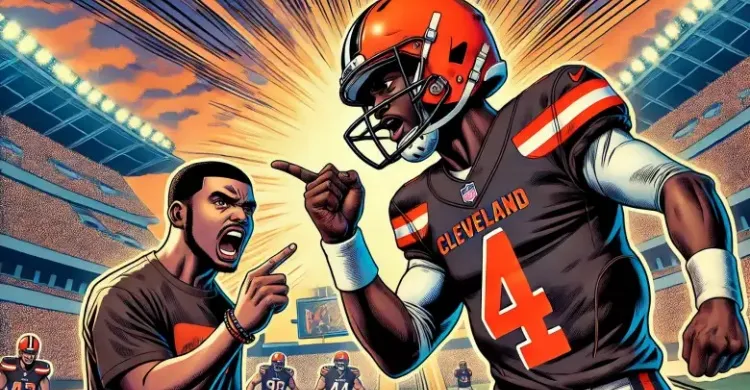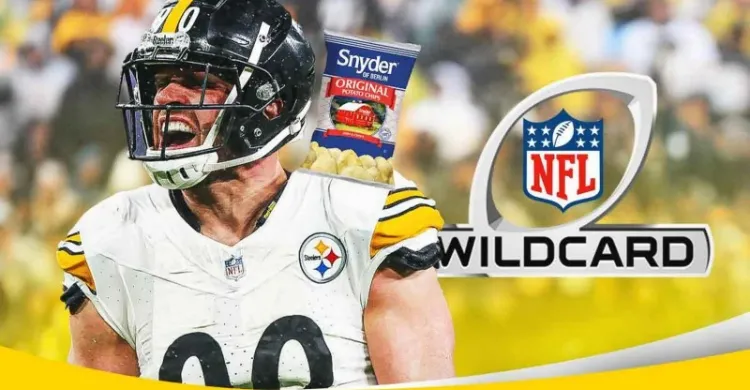The Jets’ Week 13 loss to the Seattle Seahawks came down to one final play. With 38 seconds to go in the fourth quarter, the Jets faced a fourth and 15 from the Seattle 34 yard line.

Needless to say, the odds did not look good.
The Seahawks loaded the line of scrimmage making it look like they were bringing an all out blitz.
:no_upscale()/cdn.vox-cdn.com/uploads/chorus_asset/file/25772194/last.png)
:no_upscale()/cdn.vox-cdn.com/uploads/chorus_asset/file/25772195/last1.png)
The Jets have three wide receivers running three vertical routes. Based on the presnap alignment, it appears it will be a bunch of one on ones.
:no_upscale()/cdn.vox-cdn.com/uploads/chorus_asset/file/25772196/last2.png)
The Jets leave in their tight end, Tyler Conklin and running back Isaiah Davis, leaving them seven blockers against eight defenders at the line of scrimmage.
:no_upscale()/cdn.vox-cdn.com/uploads/chorus_asset/file/25772199/last3.png)
Notable, John Simpson ends up with an assignment of number 2, Rayshawn Jenkins. Meanwhile, Davis has a read to make. His initial assignment is number 13 Ernest Jones. If Jones doesn’t blitz, he moves onto number 8 Coby Bryant.
:no_upscale()/cdn.vox-cdn.com/uploads/chorus_asset/file/25772215/last4.png)
Why does Davis have two assignments? Think about it this way. What is the maximum number of potential blitzers? The answer is eleven since the defense could in theory send every player on the field on a blitz. What is the number of maximum potential blockers? The answer is ten. The quarterback obviously cannot block. Thus the defense can always bring one more defender than the offense can leave in to block. This is known as a zero blitz. Protection schemes generally leave the guy at the end of the line of scrimmage as the unblocked player since he has to travel the greatest distance to get to the quarterback. The unblocked guy is the quarterback’s responsibility. The quarterback needs to either throw it before the unblocked guy gets to him or use his legs to evade that blitzer.
However, if Davis’ initial assignment does not blitz, he is free to take on the blitzer at the edge.
That is exactly what happens. At the snap, Jones retreats. This frees up Davis to take Bryant.
:no_upscale()/cdn.vox-cdn.com/uploads/chorus_asset/file/25772219/last5.png)
Jenkins also retreats. He was Simpson’s guy, leaving the left guard with nobody to block.
:no_upscale()/cdn.vox-cdn.com/uploads/chorus_asset/file/25772223/last6.png)
Seattle’s presnap alignment ends up making a big difference on the play. Because the Jets need to account for Jenkins in their protection scheme, Simpson is occupied. Without Jenkins there, Simpson could have slid left and allowed Olu Fashanu to pass off number 53 Boye Mafe early in the play. Fashanu then could have slide over and helped Davis block Bryant.
:no_upscale()/cdn.vox-cdn.com/uploads/chorus_asset/file/25772233/last7.png)
Davis ends up whiffing on Bryant, and the cornerback coming on the blitz gets to Aaron Rodgers.
:no_upscale()/cdn.vox-cdn.com/uploads/chorus_asset/file/25772236/last8.png)
:no_upscale()/cdn.vox-cdn.com/uploads/chorus_asset/file/25772238/last9.png)
:no_upscale()/cdn.vox-cdn.com/uploads/chorus_asset/file/25772239/last0.png)
This is tough to live with for the Jets based on what happens on the back end of this play.
As mentioned earlier, this is a three man pattern. All three are running verticals. Garrett Wilson is on his own on the left side, and his route appears to have an option component to it. He can take it straight and try to run past his man, or he can cut it to the middle of the field if that spot is vacated by the defense.
:no_upscale()/cdn.vox-cdn.com/uploads/chorus_asset/file/25772241/las.png)
Garrett appears to be gearing up to cut down the middle of the field, which is open space.
:no_upscale()/cdn.vox-cdn.com/uploads/chorus_asset/file/25772242/las1.png)
:no_upscale()/cdn.vox-cdn.com/uploads/chorus_asset/file/25772244/las2.png)
If Rodgers shoots the ball out to that open area, there is a good chance for Garrett to run under the ball.
:no_upscale()/cdn.vox-cdn.com/uploads/chorus_asset/file/25772248/las4.png)
Remember the two defenders in the middle who dropped (number 2 Jenkins who was Simpson’s guy and number 13 Jones)? They move back to the middle of the field.
:no_upscale()/cdn.vox-cdn.com/uploads/chorus_asset/file/25772254/las5.png)
They drop close to the first down marker.
:no_upscale()/cdn.vox-cdn.com/uploads/chorus_asset/file/25772258/las6.png)
They may or may not be the defenders initially assigned to Conklin and Davis. Either way, when both stay into block, they drop. This is presumably to both put them into position to rally to the ball on a checkdown and to squeeze the passing lane on the deep ball. However, both players stop at the first down marker. Neither seems to have deep ball responsibility in the middle. They are set to play downhill, and the deep middle remains open.
:no_upscale()/cdn.vox-cdn.com/uploads/chorus_asset/file/25772260/las7.png)
Additionally, if we go earlier in the route, the cornerback assigned to Garrett is aligned inside of him.
:no_upscale()/cdn.vox-cdn.com/uploads/chorus_asset/file/25772264/las8.png)
This alignment suggests he is trying to prevent Garrett from getting to the inside because he is not expecting help in the middle of the field. The two defenders in the middle of the field are playing downhill and not providing assistance in the deep middle.
Why is this important? Well, Garrett sees that the deep middle is open and seems to be taking his route there.
However, the pressure gets to Rodgers so quickly that the quarterback doesn’t have time to fully decipher what the defense is doing. If there is deep help in the middle, Garrett will need to keep his route to the outside and win against single coverage. So that is where Rodgers throws the ball.
:no_upscale()/cdn.vox-cdn.com/uploads/chorus_asset/file/25772269/las9.png)
The early pressure leads to the early throw. It also leads to Rodgers and Garrett not being on the same page. Garrett is looking to the middle. Rodgers reads it as a throw to the outside, and it never has much of a chance.
In reality, this play always had low odds of working for the Jets. It was fourth and a mile. Pretty much everything had to go right for this to even have a chance of working. The Seahawks were in a good defensive call that forced the Jets into an unfavorable protection scheme and forced a quick throw by Rodgers on a play that needed time to marinate.
I would, however, question the Jets coaching staff for using Davis on this particular play. You have a rookie seeing his first real playing time in on a play where you know the running back is probably going to need to pass protect and do it well for there to be success. Of course he didn’t, and the game ended.



